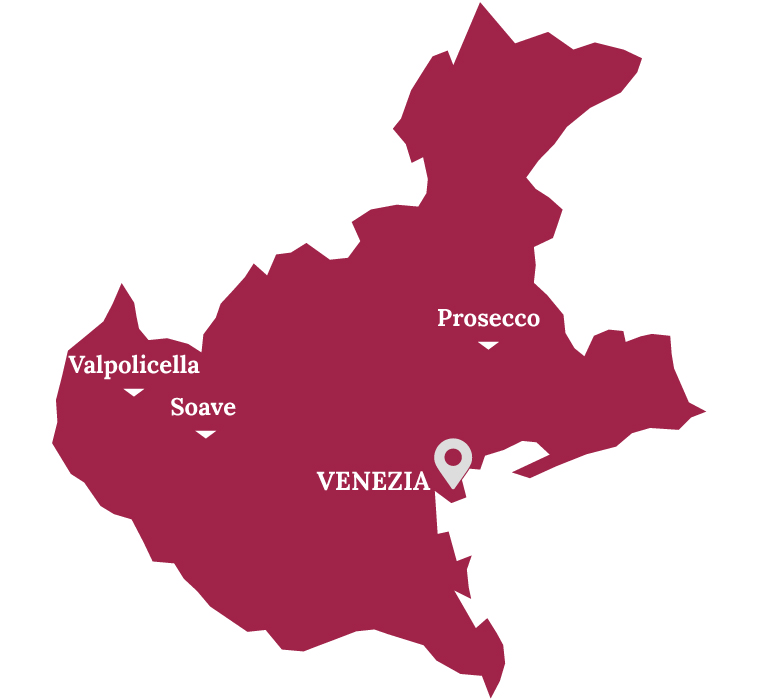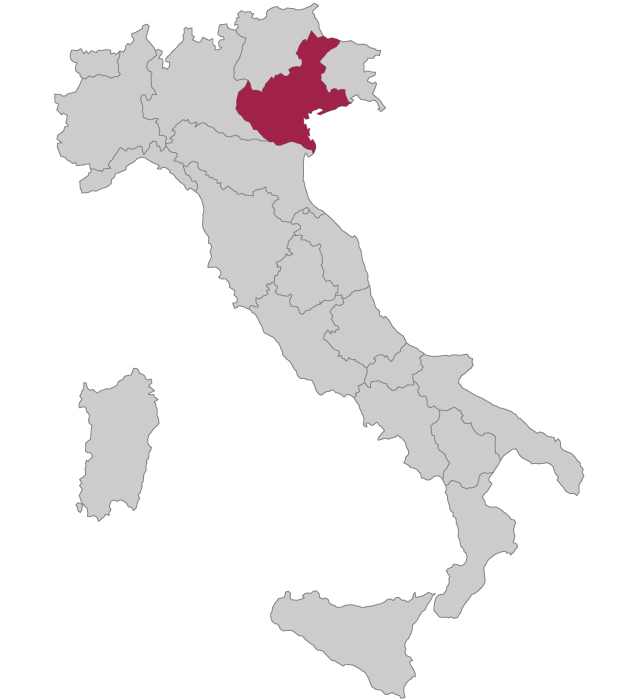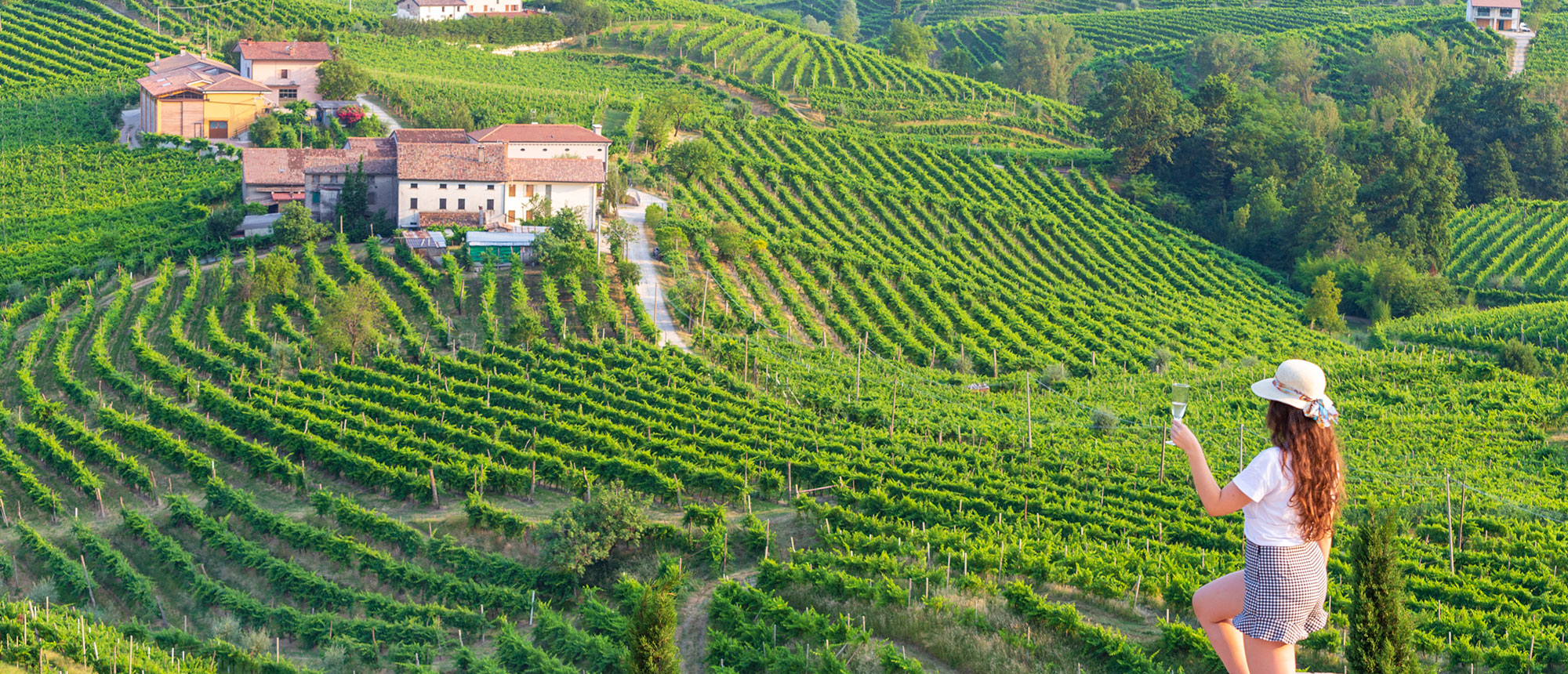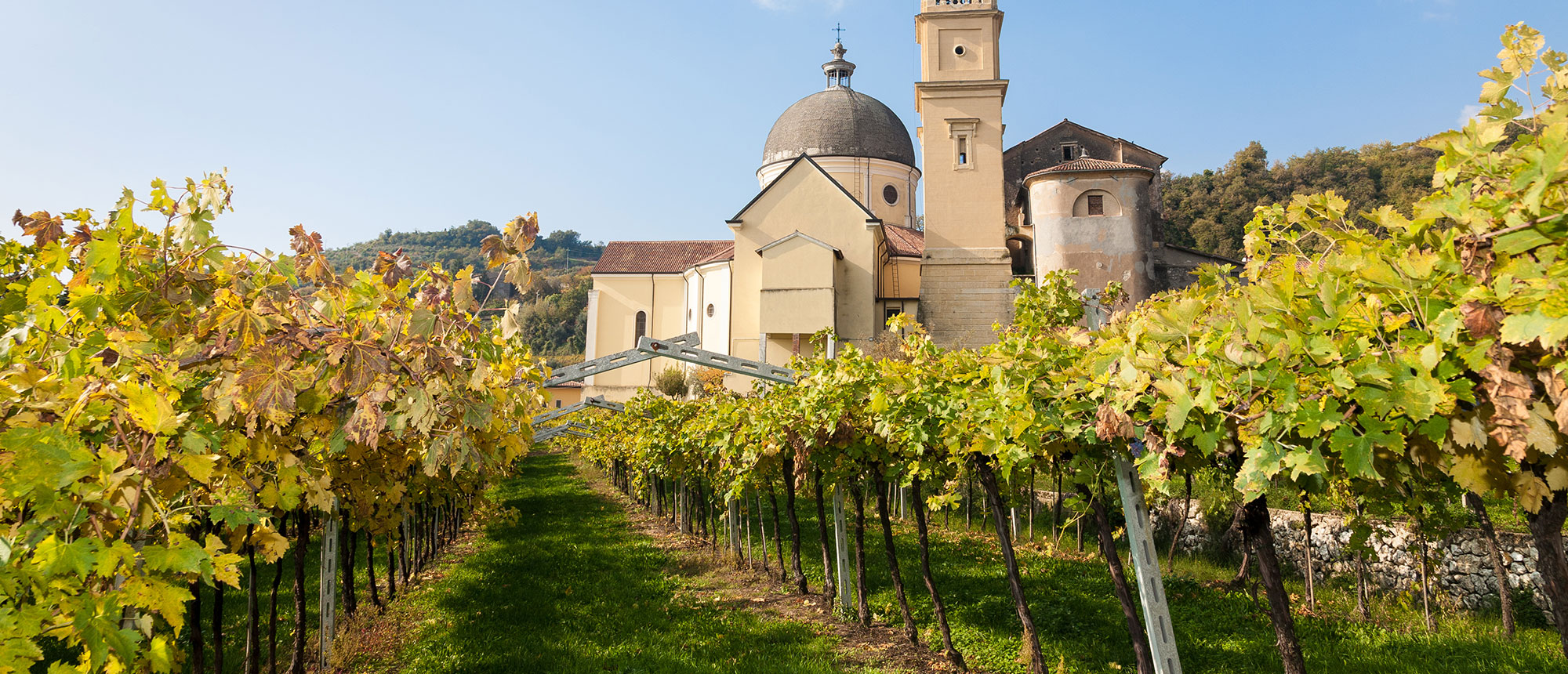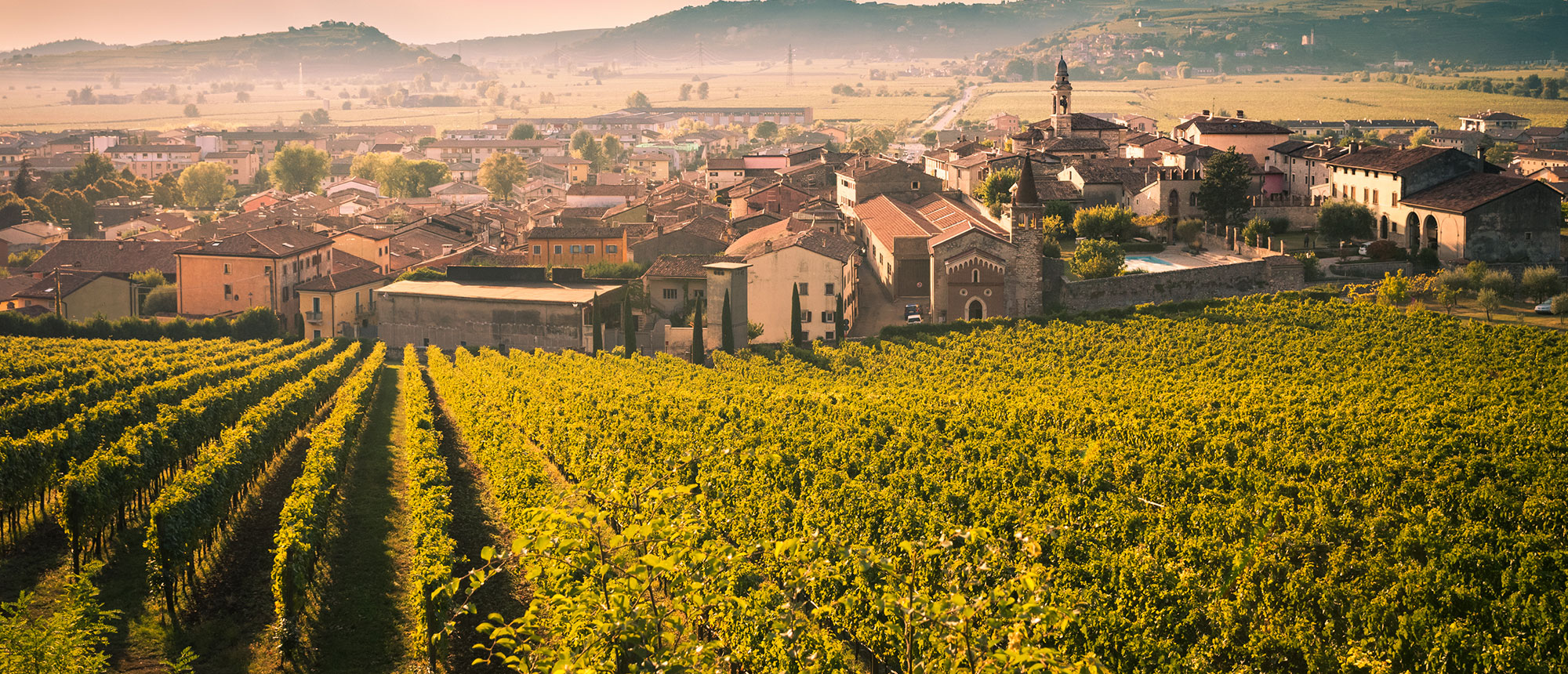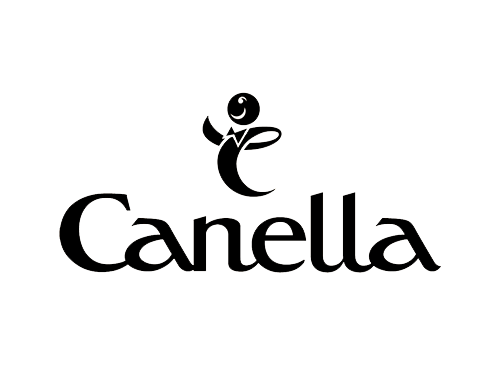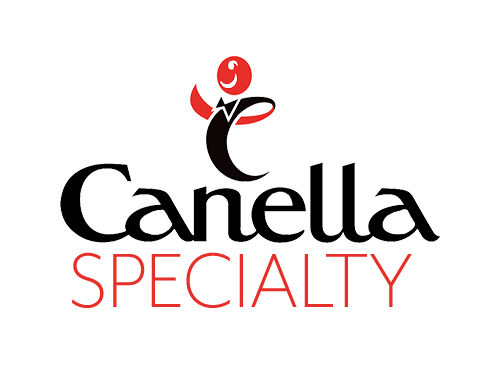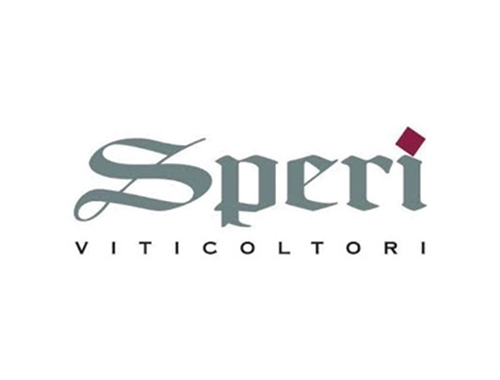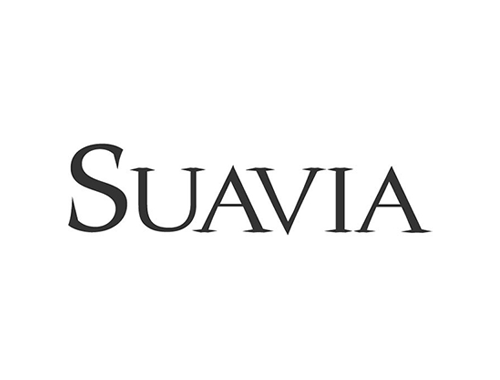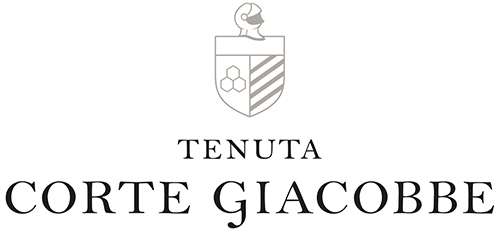From 812 to 1797, the Venetian Republic was a vast golden belt of prosperity, independence and enlightened self-rule against the dark, divided leadership in the post-Roman Empire. This golden age – nearly a thousand years – is reflected in the splendors of Venetian culture: music (Vivaldi), literature (Goldoni), architecture (Palladio), sculpture (Canova), and painting, based on rich, glowing color and light, from Titian to Tintoretto, Giorgione to Tiepolo and Canaletto. A good half of the Veneto region is covered in flatlands – mostly in the central and southern areas, which also features the Po, Adige and Piave Rivers as well as many smaller waterways. The northern part of the region is mostly flat – aside from the Berici and the Euganei hills – and east of the Venetian shores of Lake Garda, is a mountainous belt that covers 29.1% of the region. This comprises a hefty chunk of the spectacular Dolomite range (a UNESCO “World Heritage” site). The alpine foothills in the northeast, within the province of Treviso, include the hills of Conegliano and Valdobbiadene, which have become the DOCG of Prosecco di Conegliano Valdobbiadene. The wines from this area are known the world over for their spectacular drinkability and style. Near Verona (western Veneto, southeast of Lake Garda), we find Soave, Recioto di Soave, Valpolicella, the spectacular Amarone della Valpolicella and Recioto della Valpolicella. In recent years, Veneto has consistently proven the country’s most productive wine region. There are about 78,200 hectares (193,236 acres) under vine, producing 9 million hectoliters per year.
Map of the region
